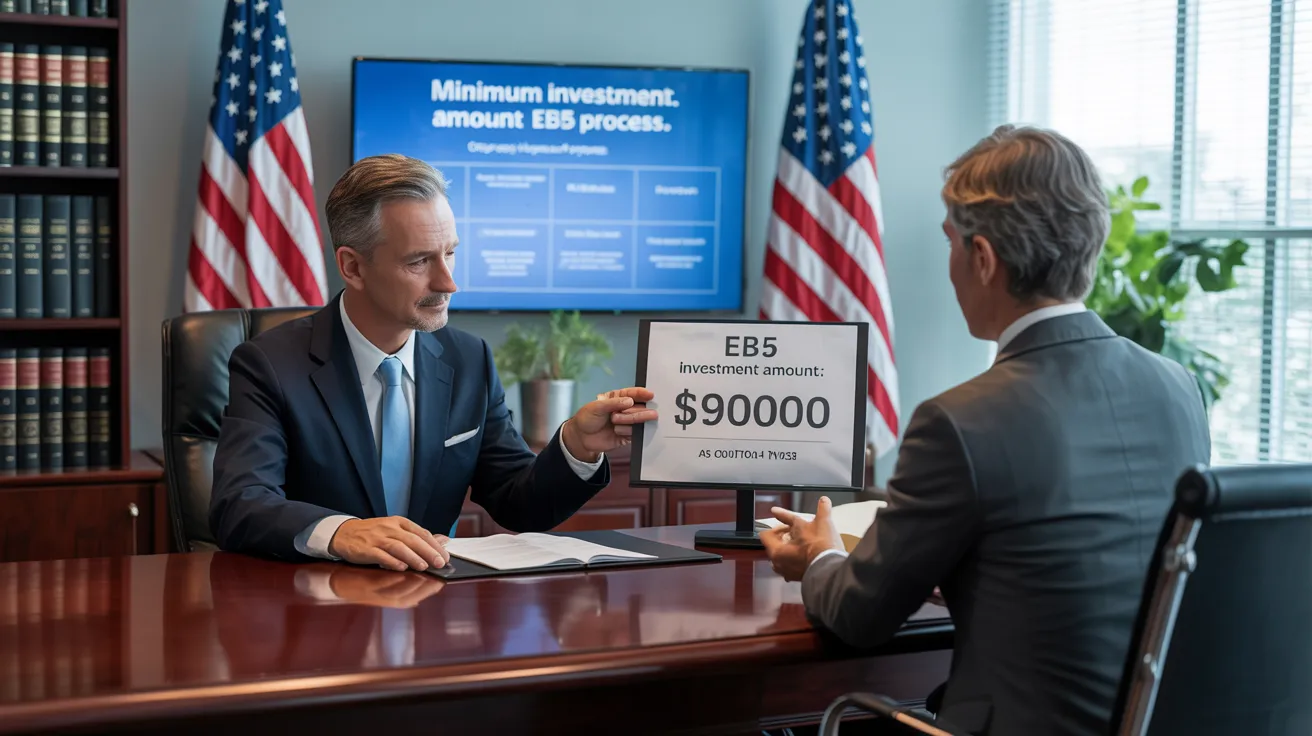The Only Guide to L1 Visa
Table of ContentsUnknown Facts About L1 VisaA Biased View of L1 VisaSome Known Facts About L1 Visa.The smart Trick of L1 Visa That Nobody is DiscussingL1 Visa - TruthsThe Basic Principles Of L1 Visa
Readily Available from ProQuest Dissertations & Theses Global; Social Science Costs Collection. DHS Office of the Inspector General. Gotten 2023-03-26.
U.S. Division of State. Recovered 2023-02-08. Tamen, Joan Fleischer (August 10, 2013).
Getting My L1 copyright Work
In order to be eligible for the L-1 visa, the foreign firm abroad where the Recipient was utilized and the United state business need to have a certifying partnership at the time of the transfer. The various types of qualifying relationships are: 1.
Instance 1: Firm A is integrated in France and employs the Beneficiary. Company B is included in the united state and intends to request the Beneficiary. Firm An owns 100% of the shares of Company B.Company A is the Parent and Business B is a subsidiary. There is a certifying relationship in between the 2 firms and Business B must be able to fund the Recipient.
Instance 2: Business A is included in the U - L1 Visa.S. and wishes to seek the Recipient. Firm B is included in Indonesia and employs the Beneficiary. Firm An owns 40% of Firm B. The staying 60% is possessed and controlled by Company C, which has no relationship to Business A.Since Business A and B do not have a parent-subsidiary connection, Firm A can not fund the Recipient for L-1.
Instance 3: Company A is integrated in the U.S. and wants to petition the Beneficiary. Business B is integrated in Indonesia and uses the Beneficiary. Business A has 40% of Firm B. The continuing to be 60% is owned by Business C, which has no connection to Business A. However, Firm A, by formal agreement, controls and complete handles Business B.Since Firm A has much less than 50% of Firm B but handles and regulates the business, there is a qualifying parent-subsidiary connection and Firm A can fund the Beneficiary for L-1.
Indicators on L1 Visa You Need To Know
Company B is included in the United state
5 Simple Techniques For L1 Visa

The L-1 visa is an employment-based visa classification developed by Congress in 1970, enabling international business to transfer their managers, execs, or vital personnel to their United state procedures. It is typically referred to as the intracompany transferee visa.

In addition, the recipient should have functioned in a supervisory, exec, or specialized employee setting for one year within the three years preceding the L-1A application in the international firm. For brand-new workplace applications, international work has to have been in a supervisory or executive capability if the recipient is coming to the United States to function as a manager or exec.
The L1 Visa PDFs

If given for an U.S. business functional for greater than one year, the first L-1B visa is for approximately three years and can be expanded for an added two years (L1 Visa). On the other hand, if the U.S. business is newly established or has been functional for less than one year, the initial L-1B visa is issued for one year, with expansions readily available in two-year increments
The L-1 visa is an employment-based visa group developed by Congress in 1970, enabling multinational firms to transfer their supervisors, executives, or vital workers to their United state procedures. contact us It is commonly referred to as the intracompany transferee visa.
Excitement About L1 Visa
In addition, the beneficiary needs to have operated in a supervisory, exec, L1 Visa process or specialized worker placement for one year within the 3 years preceding the L-1A application in the international company. For new workplace applications, international employment must have been in a supervisory or executive capability if the recipient is concerning the United States to function as a supervisor or exec.
for up to seven years to oversee the procedures of the united state affiliate as an executive or manager. If provided for an U.S. firm that has been operational for greater than one year, the L-1A visa is at first approved for approximately 3 years and can be expanded in two-year increments.
If granted for an U.S. company operational for more than one year, the initial L-1B visa is for as much as three years and can be extended for an additional two years. Conversely, if the U.S. business is recently developed or has been operational for less than one year, the initial L-1B visa is issued for one year, with extensions available in two-year increments.